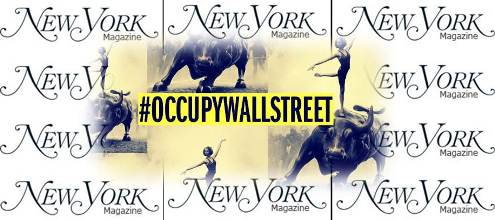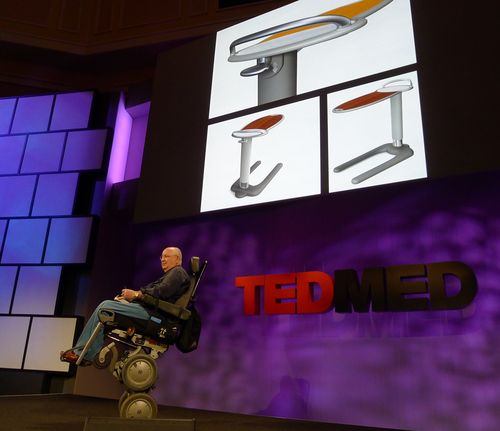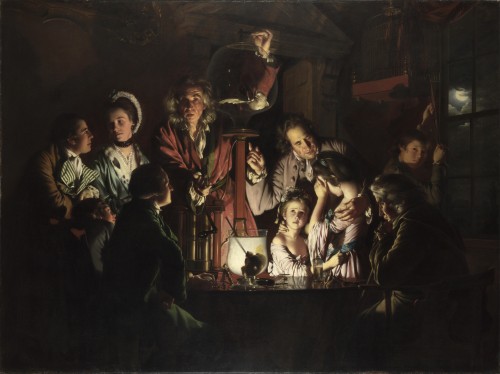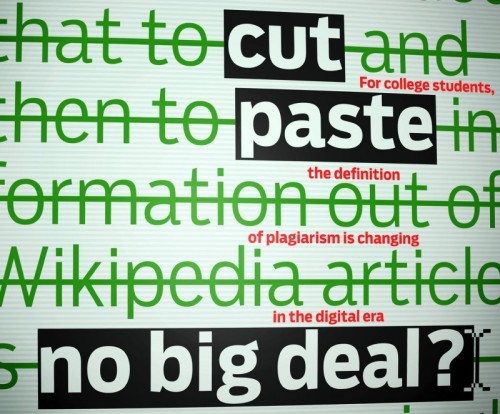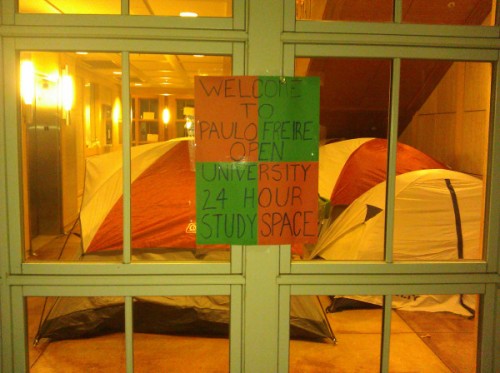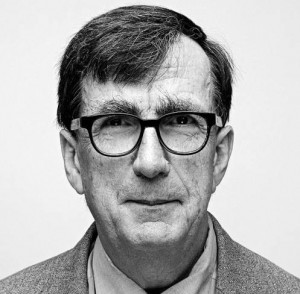There is a good conversation to have on just how leaderless the Occupy movement is. It is more networked and decentralized, but, of course, not perfectly so. Structures and hierarchies always emerge. Unfortunately, this important conversation is derailed when some try to create fictional leaders for a movement that, for the most part, does not have them. Articles like, for instance, John Heilemann’s New York Magazine expose on Occupy, again and again force leader-language on the movement. And they do so unsuccessfully.
The traditional media wants to tell a traditional story, and this is why they get Occupy so terribly wrong. It is easier to describe a movement of leaders, of charismatic personalities and of specific ideas, messages and demands. The media momentum favors retelling the type of story they have told before.
But the reality for Occupy is much more complicated. Yes, the movement is not completely leaderless. Participation and efficaciousness are not evenly distributed across the 99%. For instance, the term “occupy” was not arrived to by some consensus but instead the creation of Adbusters. However, the magazine has claimed that they “have no interest in a continuing leadership role.” Instead, the magazine’s role has been aesthetic: to come up with good memes.
While pure leaderlessness may not be possible or even wanted for Occupy, the bigger story is that it is more decentralized than previous political movements. The high degree more...

